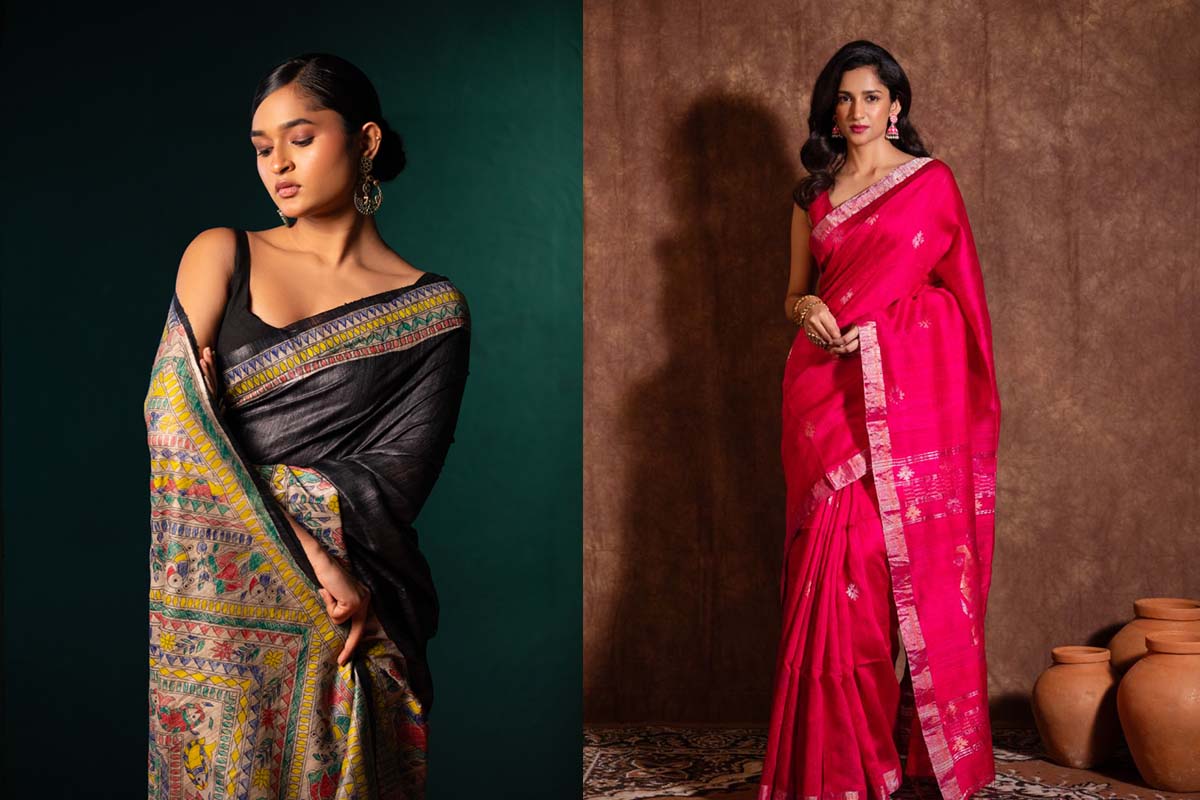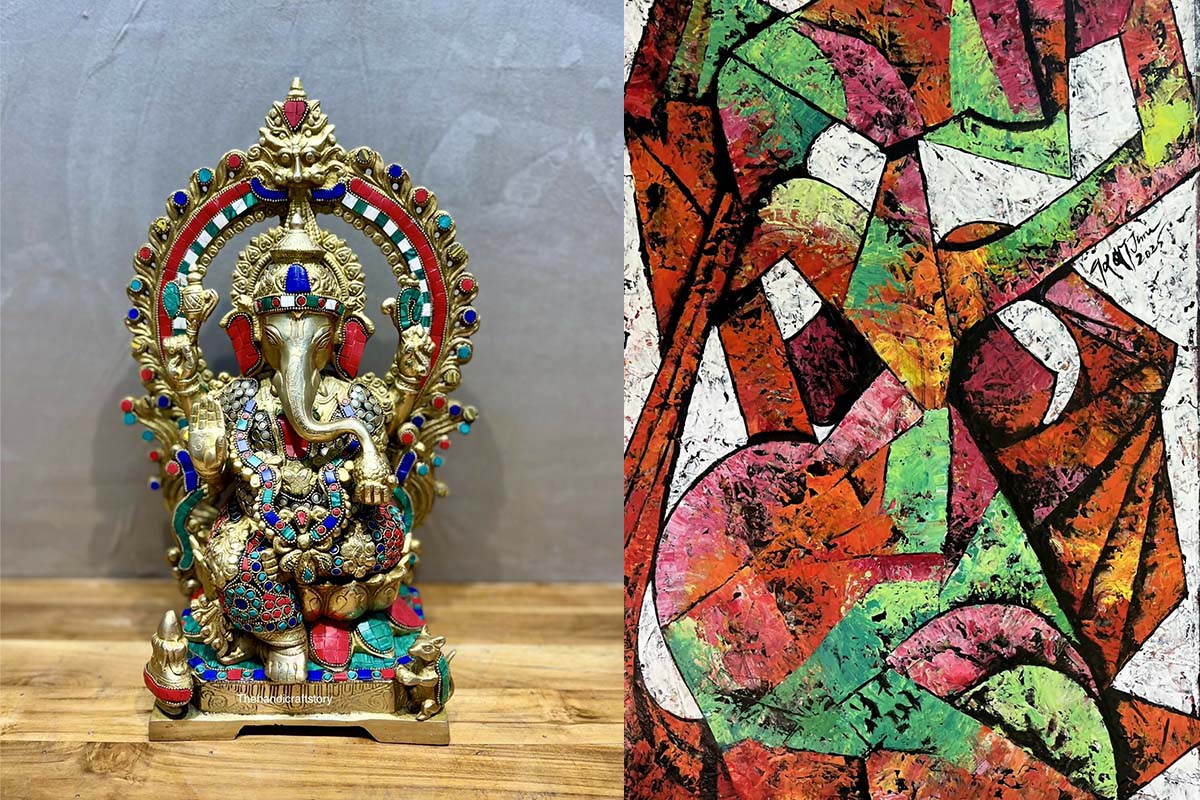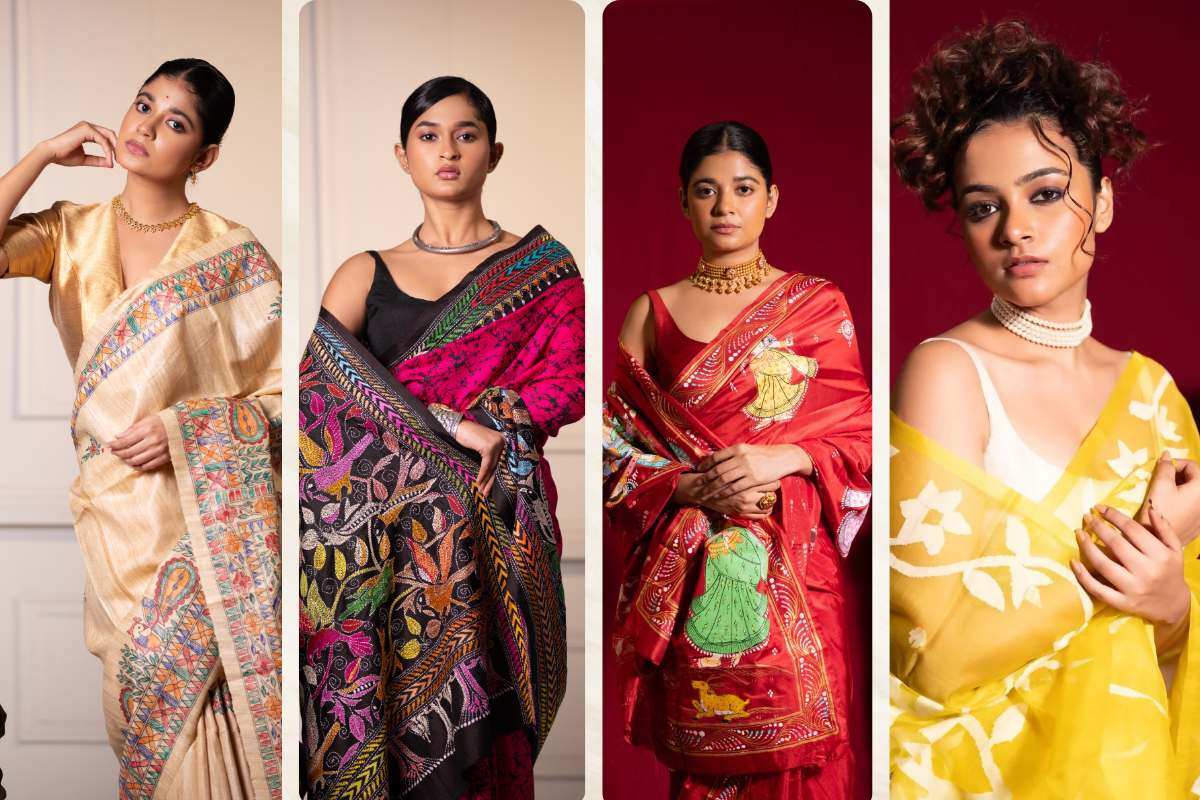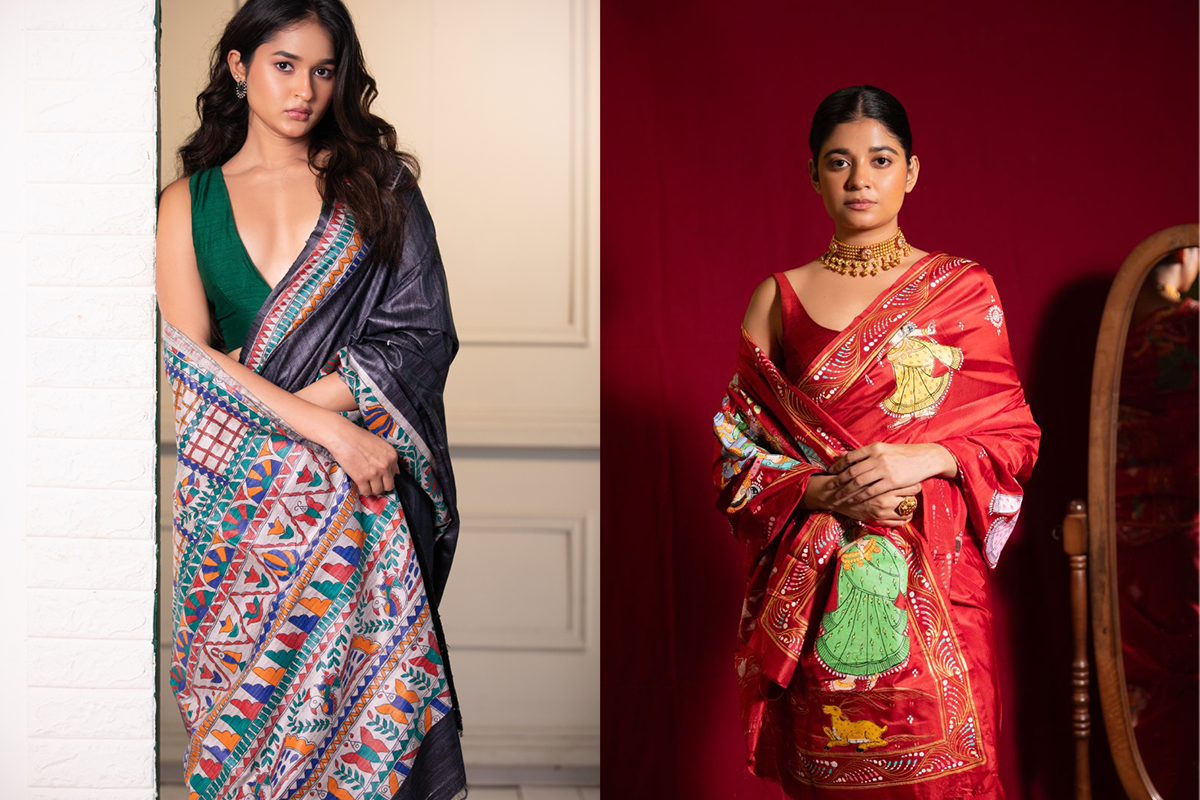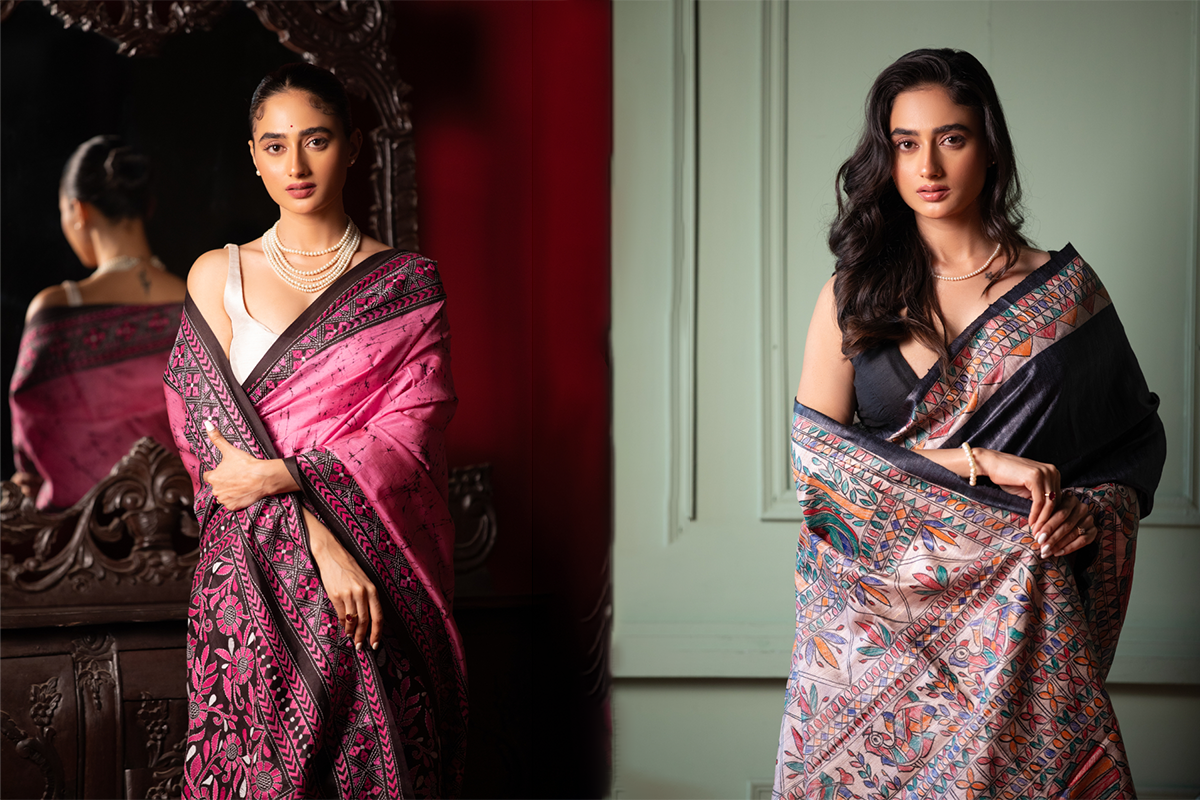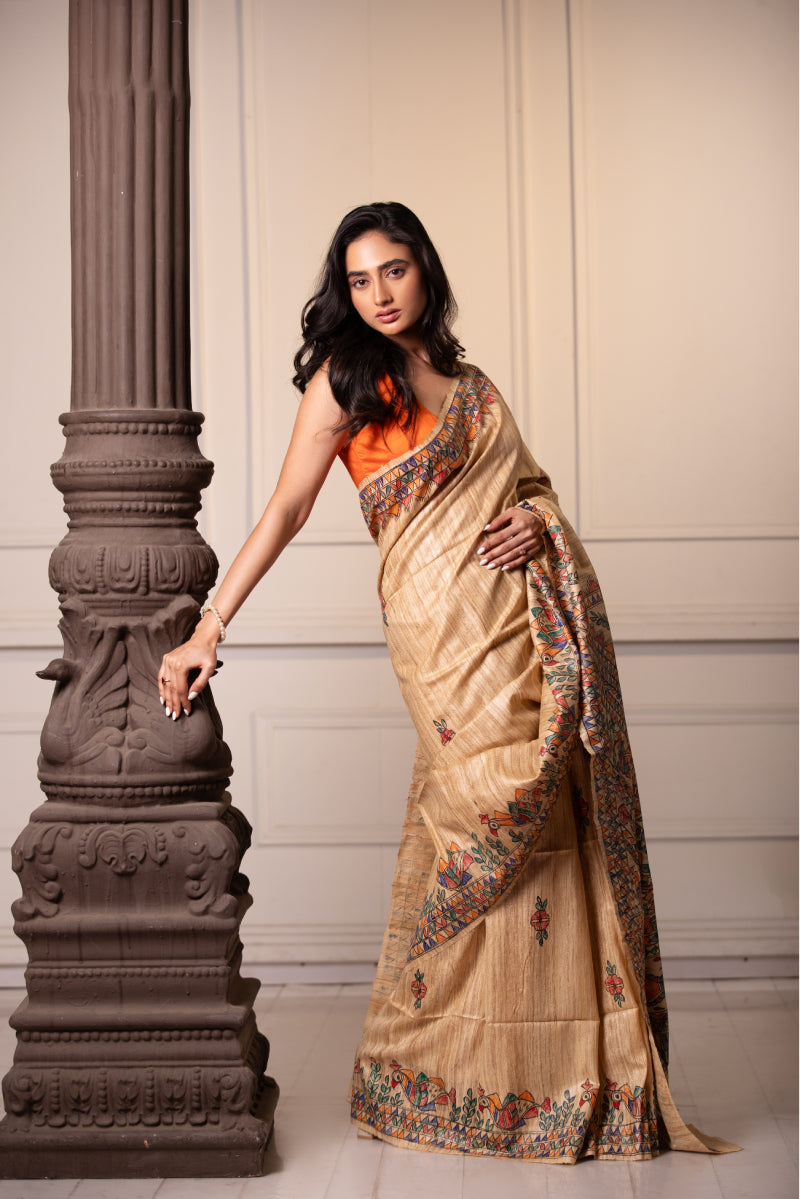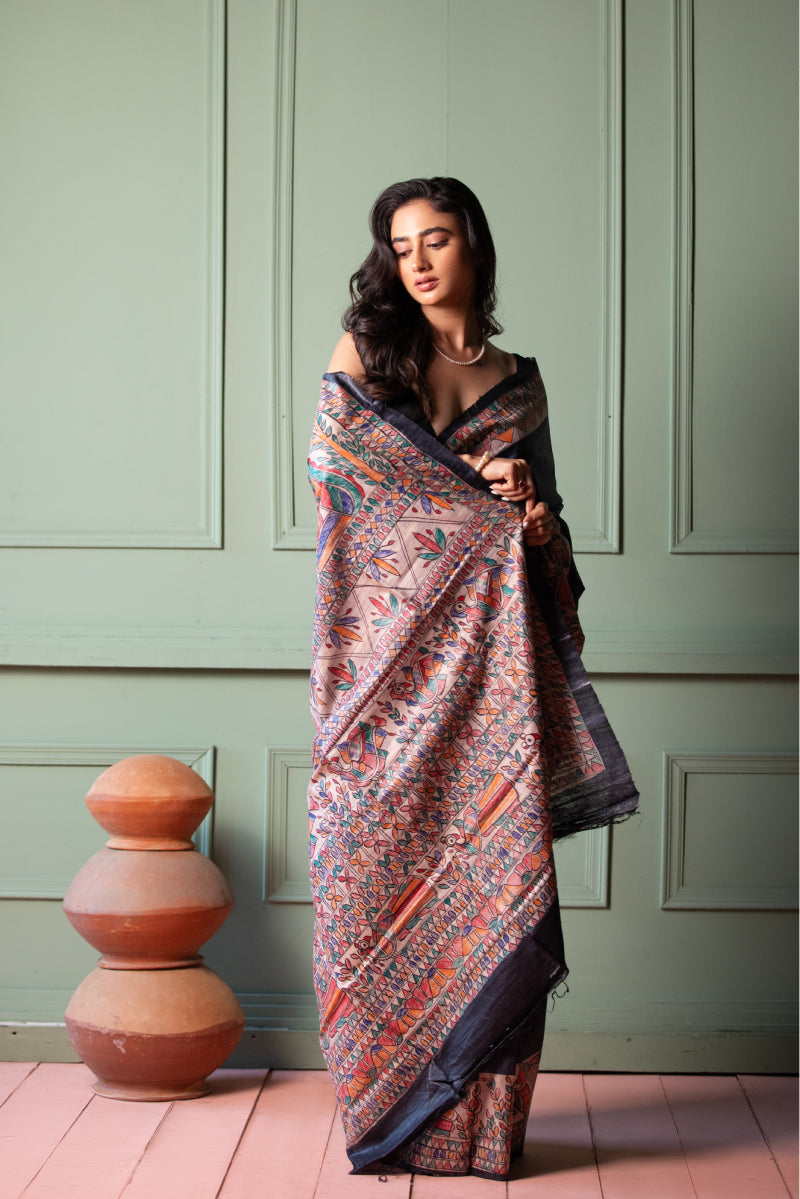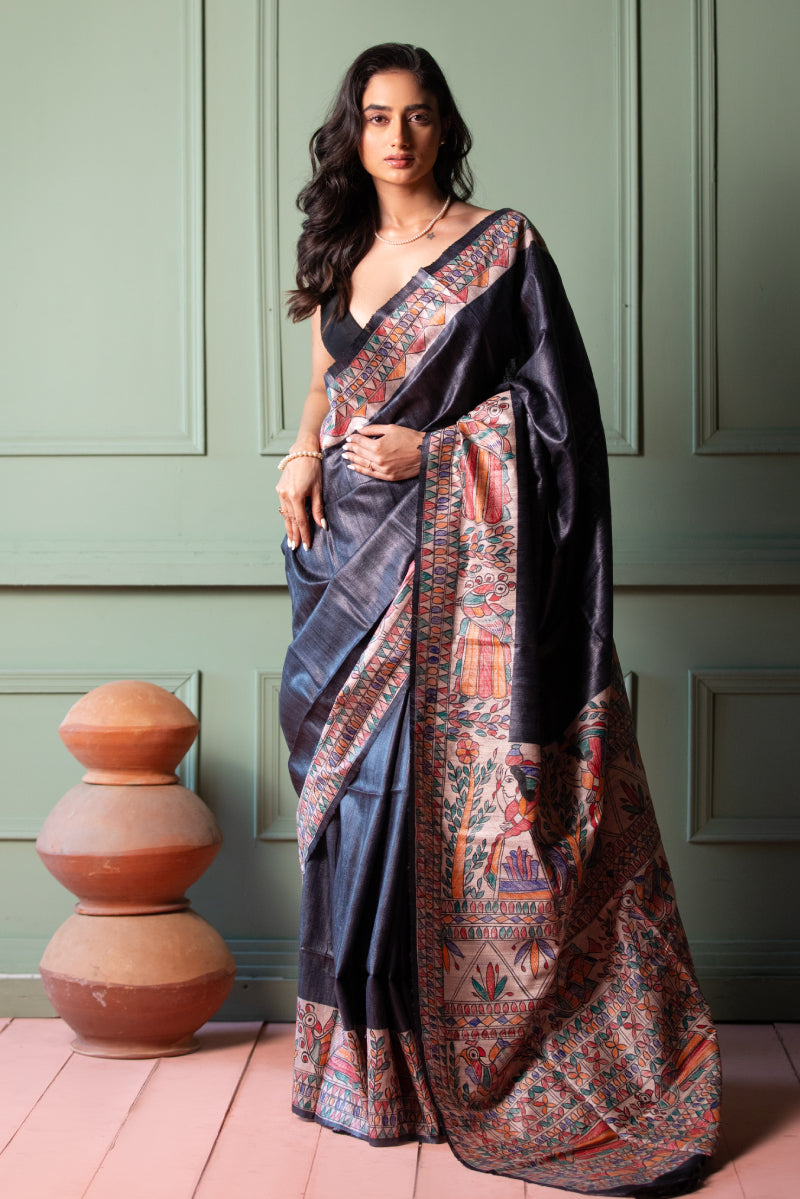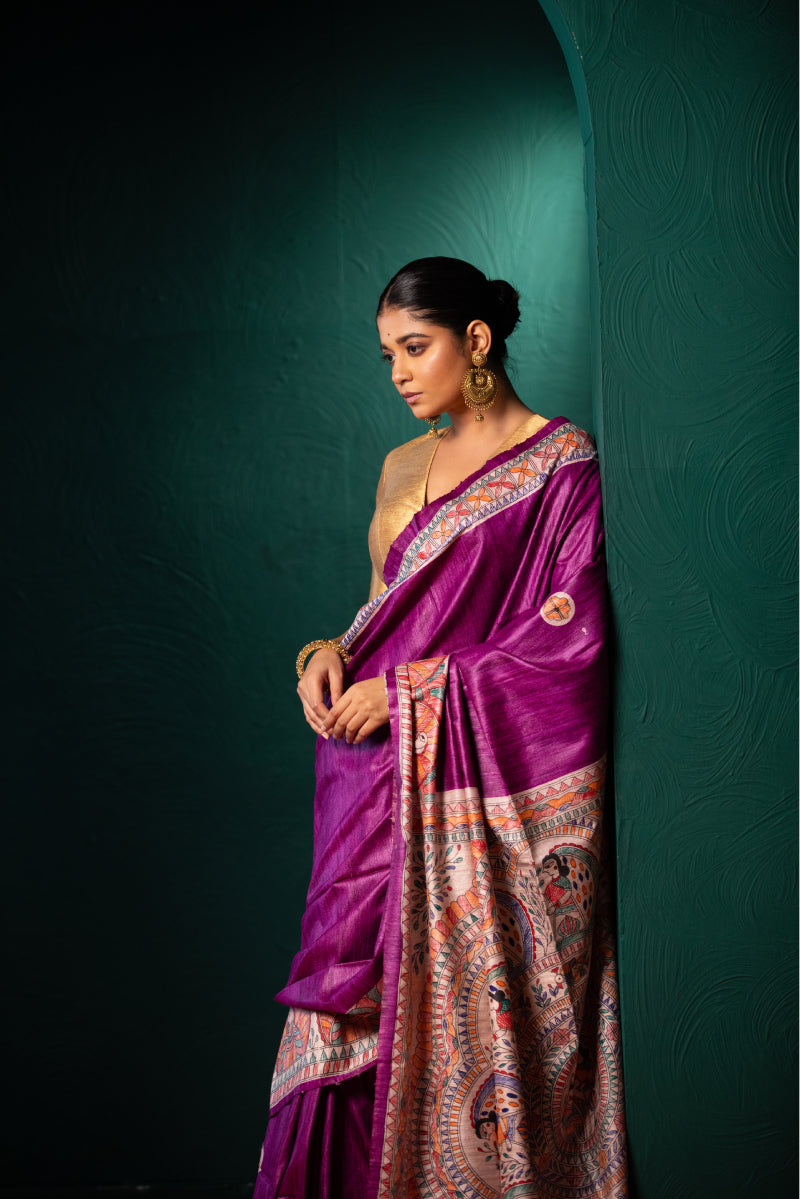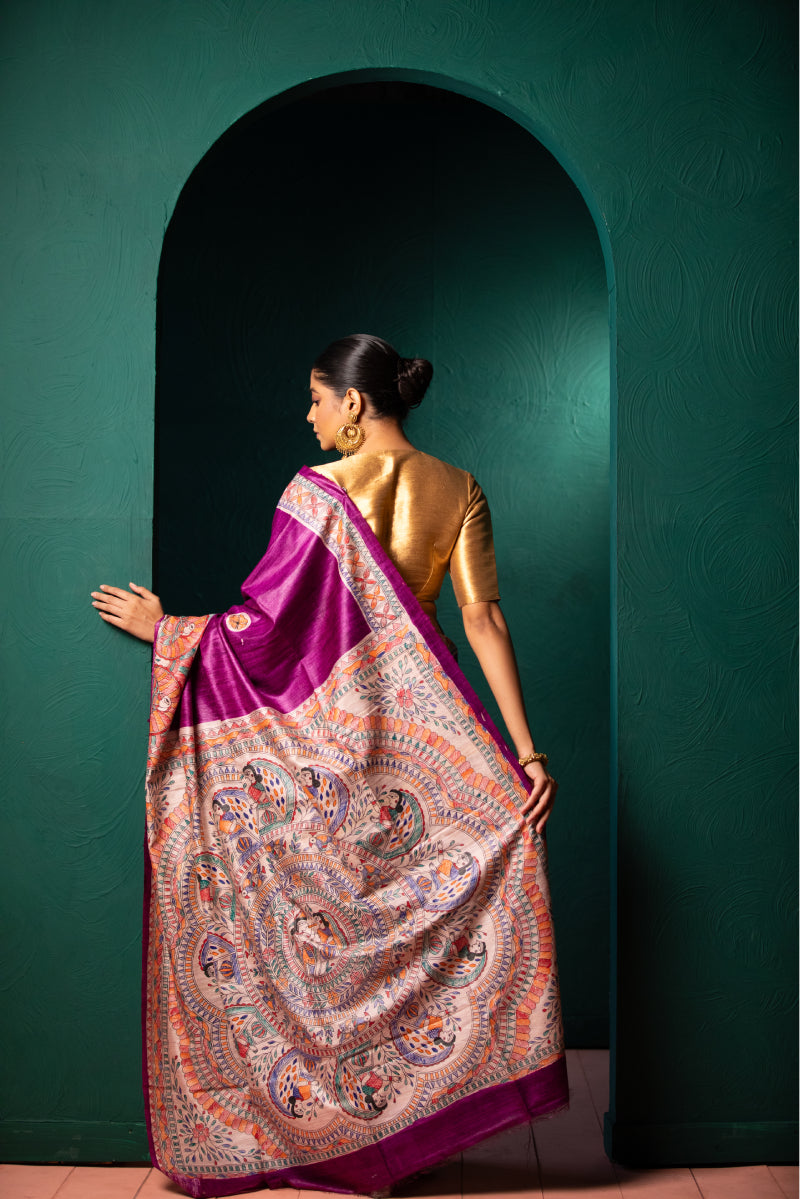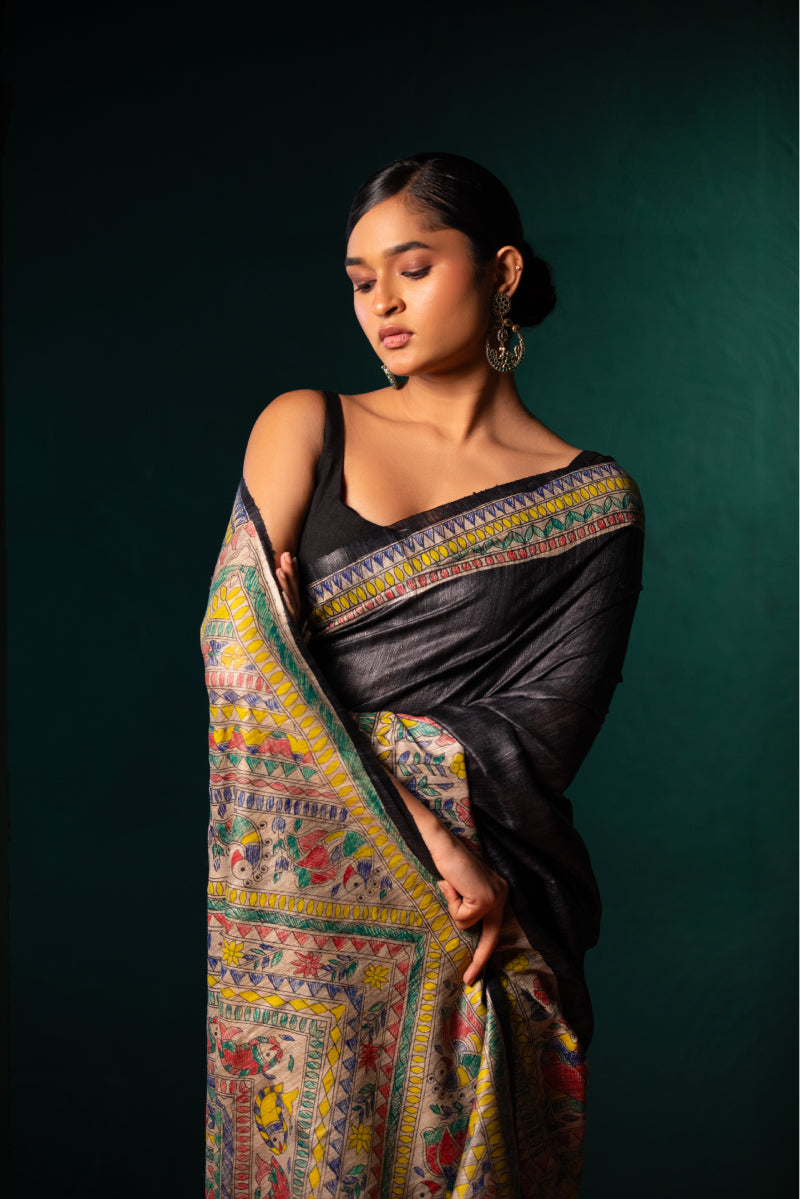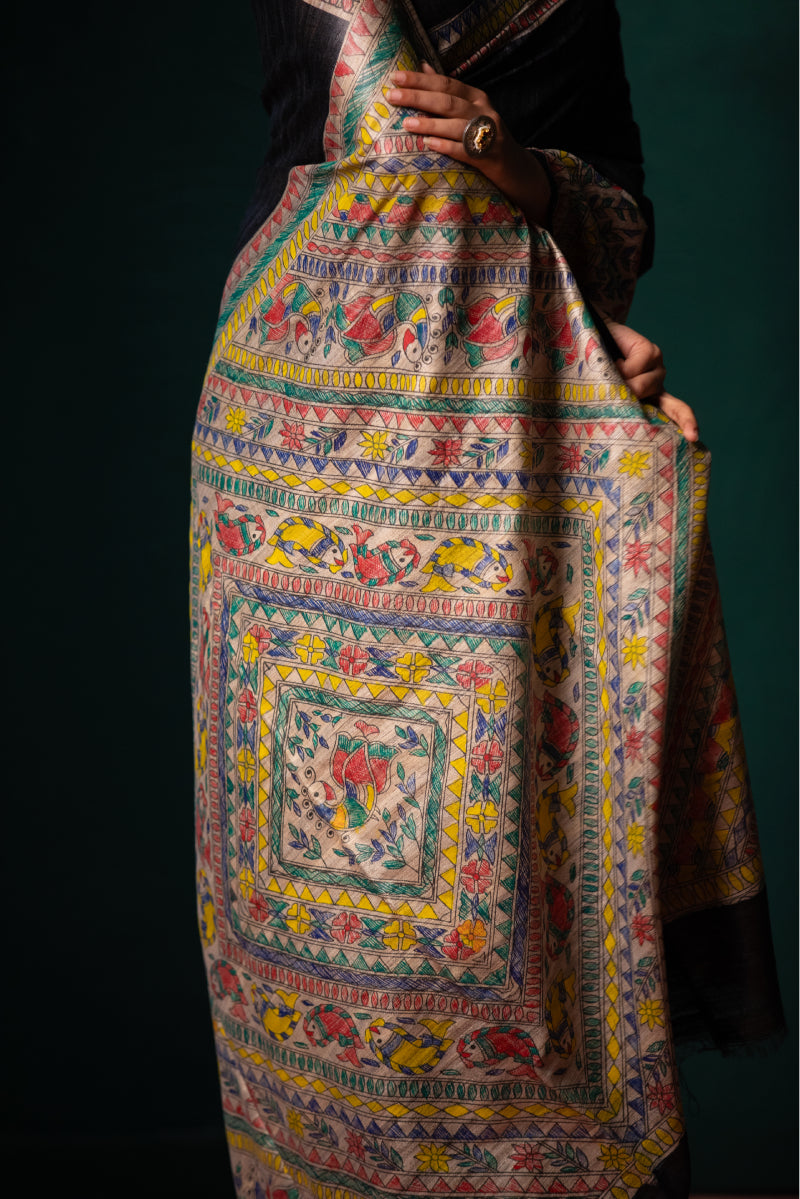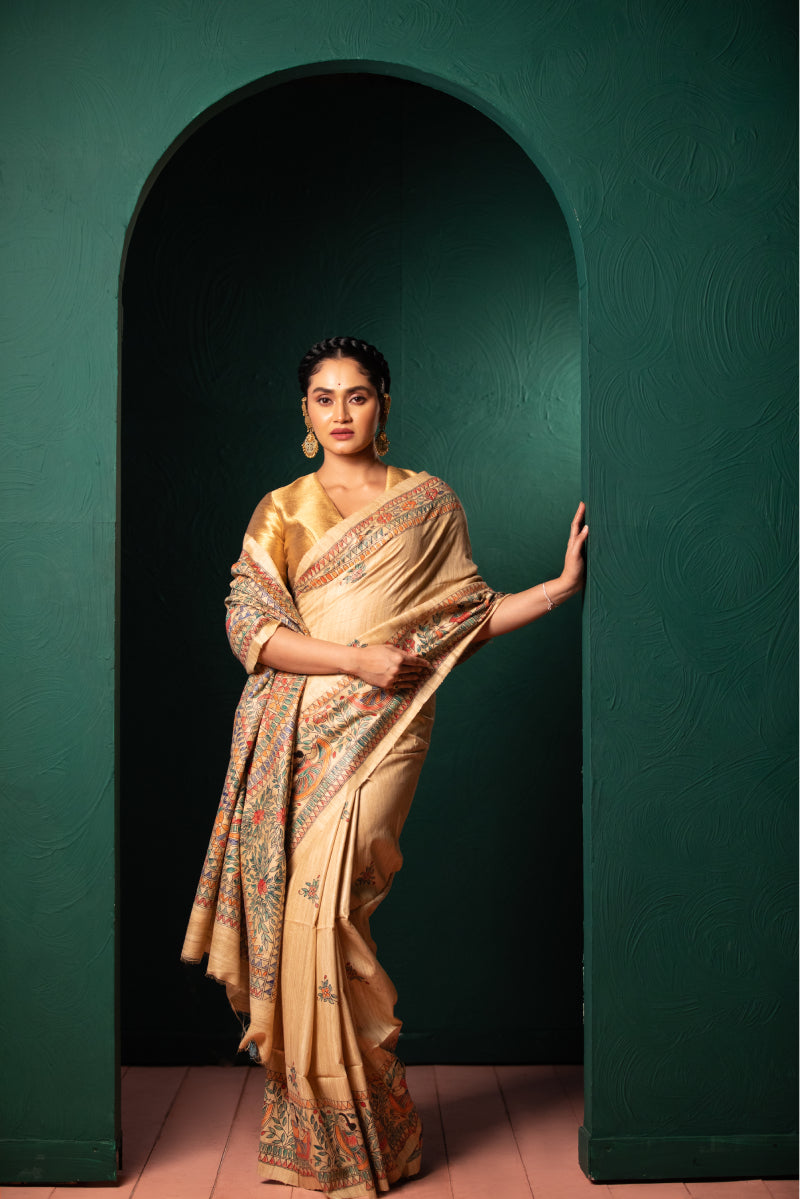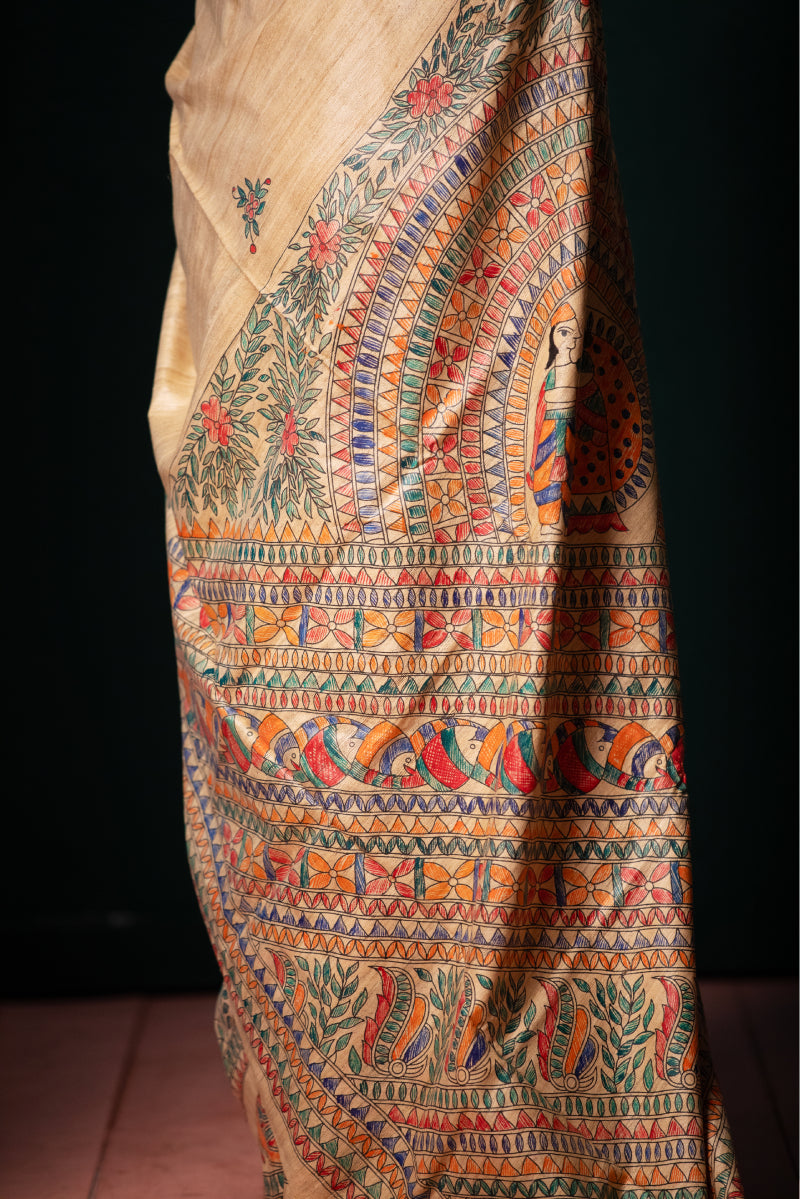Slow Fashion vs. Fast Fashion: Why Cavirk Chooses the Artisan’s Path
 The Fashion Dilemma: Fast vs. Slow
The Fashion Dilemma: Fast vs. Slow
In today’s fashion world, there’s a constant tug-of-war between fast fashion—cheap, trendy, mass-produced garments—and slow fashion, which emphasizes craftsmanship, sustainability, and longevity.
At first glance, fast fashion might feel tempting: new arrivals every week, low prices, instant gratification. But beneath the surface lies a hidden cost—environmental harm, unethical labor, and disposable clothing that quickly ends up in landfills.
Slow fashion, on the other hand, is a conscious choice. It’s about quality over quantity, timeless style over fleeting trends, and respect for the artisans and materials that bring clothing to life.
What Is Fast Fashion?
Fast fashion is built on speed and volume:
- Mass production of low-cost garments
- Rapidly changing collections inspired by runway trends
- Short product life cycles, encouraging constant consumption
- Heavy reliance on synthetic fabrics and low wages
While affordable, fast fashion often sacrifices quality, sustainability, and ethics—leaving behind overproduction, textile waste, and exploitative working conditions.
What Is Slow Fashion?
Slow fashion is the antithesis of fast fashion. It celebrates:
- Craftsmanship: garments made with skill and time-honored techniques
- Sustainability: natural materials, eco-friendly dyes, minimal waste
- Longevity: pieces designed to last for years, even generations
- Fair Trade: ensuring artisans and weavers are respected and fairly paid
It’s not just about clothing—it’s a philosophy of mindful consumption.
Why Cavirk Chooses the Artisan’s Path
At Cavirk, we proudly stand with slow fashion because we believe every piece should tell a story—of heritage, artistry, and sustainability.
- Celebrating Craftsmanship: Each Cavirk saree, stole, or textile is handcrafted by artisans who carry centuries-old traditions. From intricate weaves to delicate embroidery, their skills cannot be replicated by machines.
- Timeless Elegance: Our collections aren’t designed for a season—they’re made to become part of your heirloom wardrobe, cherished for years.
- Sustainable by Nature: We prioritize natural fabrics, traditional dyeing methods, and small-batch production that reduces waste and honors the planet.
- Empowering Artisans: Behind every Cavirk creation is an artisan whose livelihood and legacy thrive when you choose handcrafted over mass-produced.
Why Slow Fashion Matters in 2025 and Beyond
As consumers become more aware, the shift from fast to slow fashion is accelerating. Choosing slow fashion means:
- Reducing carbon footprints and textile waste
- Preserving endangered crafts and skills
- Investing in quality pieces that outlast fleeting trends
- Supporting ethical production and fair wages
How to Embrace Slow Fashion in Your Wardrobe
Transitioning to slow fashion doesn’t mean giving up style—it means choosing better, not more.
- Invest in versatile sarees, dupattas, and textiles that can be styled in multiple ways.
- Support brands like Cavirk that prioritize artisanship and heritage.
- Choose natural fabrics over synthetics.
- Rewear, restyle, and treasure each piece instead of chasing trends.
Conclusion: Wear What Matters
Fast fashion is fleeting. Slow fashion is forever. By choosing handcrafted, timeless, and ethical clothing, you’re not just making a fashion choice—you’re making a conscious lifestyle decision.
At Cavirk, we invite you to step into the world of slow fashion, where every garment is a story, every weave a tradition, and every purchase a step toward a more sustainable future.
👉 Explore Cavirk’s artisan-crafted collection and embrace the path of timeless elegance.

